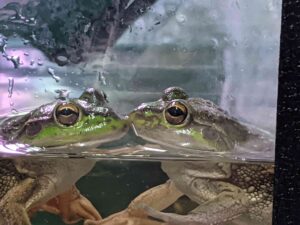
Best way to breed frogs in captivity
Frogs belong to a group of animals called amphibians – the most endangered group of species on the planet. Two out of every five amphibian species […]

Frogs belong to a group of animals called amphibians – the most endangered group of species on the planet. Two out of every five amphibian species […]

High-power lasers are often used to modify polymer surfaces to make high-tech biomedical products, electronics and data storage components. Now Flinders University researchers have discovered a […]

Australian rock-wallabies are ‘little Napoleons’ when it comes to compensating for small size, packing much more punch into their bite than larger relatives. Researchers from Flinders […]
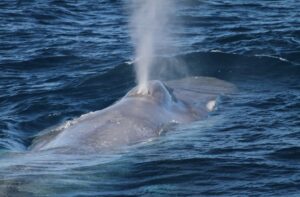
The largest living animal, the blue whale (Balaenoptera musculus) which averages about 27 metres in length, has slowly recovered from whaling only to face the rising challenges of […]
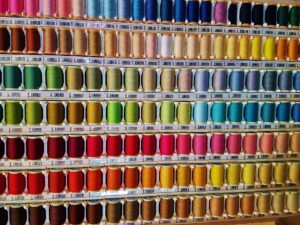
Water pollution from dyes used in textile, food, cosmetic and other manufacturing is a major ecological concern with industry and scientists seeking biocompatible and more sustainable […]
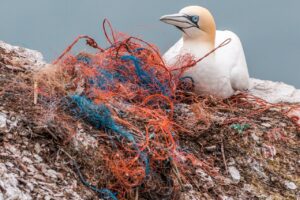
Looking for solutions to manage the global crisis of microplastics pollution, particularly in marine environments, will be the focus of the 1st Nano and Microplastics Australian Conference at Flinders […]
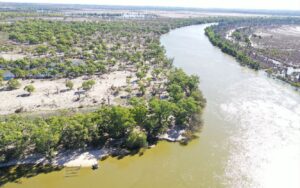
Global geophysics experts are joining Flinders University in a major new groundwater project funded by the Australian Research Council. Water extraction, weir flow management and drought […]
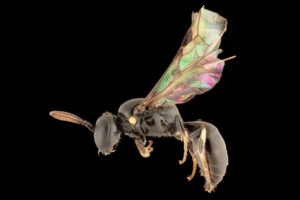
Eight new Pacific bee species and new insights into Fijian bird behaviour on Viti Levu Island have been described in new scientific studies led by Flinders […]
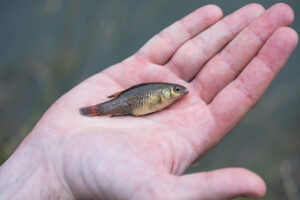
An endangered fish has returned to Bendigo, Victoria thanks to the help of Flinders University research in collaboration with local community groups. Five years after the […]